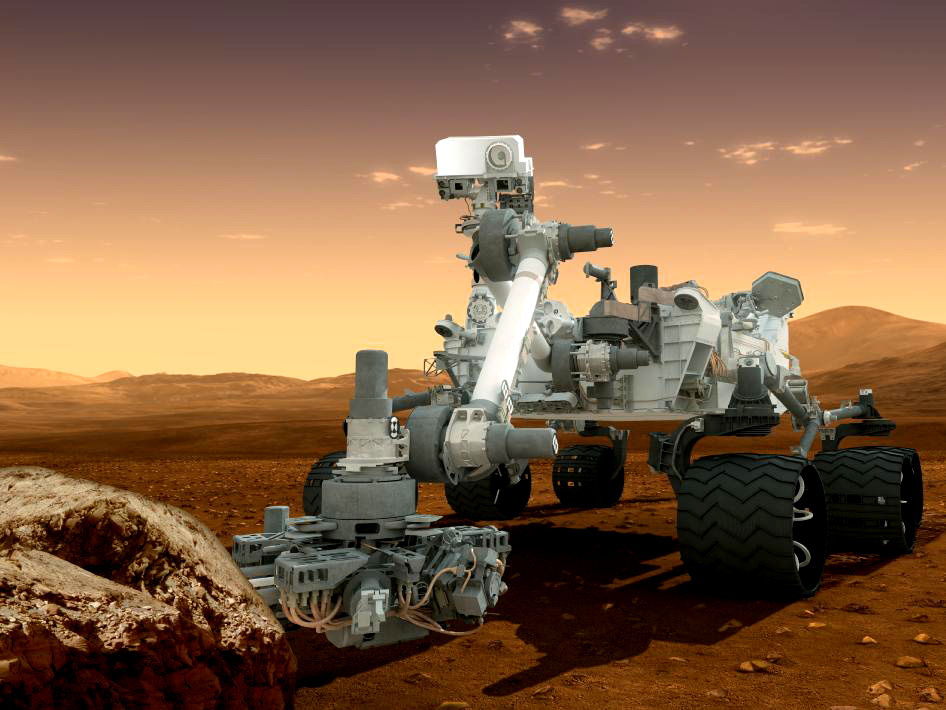Seattle Seahawks quarterback Russell Wilson has always been known as one of the most mobile, accurate and strongest quarterbacks in the NFL who could pull a rabbit out of his hat on any given play.
Despite standing at just 5’10” — which is considered short for an NFL quarterback —Wilson, who is currently a leading MVP candidate in his now eighth NFL season, has shown how he could defy the impossible and make the improbable look easy. On one play against the Los Angeles Rams on Oct. 3, he did just that.
Wilson, clad in an entirely neon green alternate uniform, stood tall in the pocket before rolling out to his left.
While running 13.62 mph, Wilson turned his body and heaved the ball 39.2 yards in the air to the back of the end zone. A tightly covered Tyler Lockett caught the ball while it was over the end-zone chalk, set his toes in the corner and somehow came down with one of the most impressive touchdown catches in recent memory.
The play was lauded by fans and media alike as an incredible touchdown, however, the improbability of the play is what makes it so much more amazing.
In fact, the play was the most improbable completion of the last two seasons, as the throw has a 6.3% chance of being caught. The amazing play was put into perspective when all the stats such as completion probability, yards covered, yards of separation and play speed were considered.
However, these stats were unheard of until recently, when the NFL unveiled its Next-Gen Stats program.
Since the 2017 NFL season, Next-Gen Stats, which is powered by Amazon Web Services, provides a look into the game that fans of football past would never think about.
To calculate this data, radio frequency identification devices — or RFIDs —attached to the players shoulder pads and the ball capture data from points across the stadium to “track the players and ball movement down to the inch.”
This data is eventually combined with traditional data such as box score and play-by-play data to “capture 100’s of metrics never captured before.”
From there, the data is run through learning models and artificial intelligence built on Amazon SageMaker and sent to the broadcasters, scouts and coaches in real-time to provide that incredible in depth look into a 100-year-old sport.
“Machine learning is unlocking potential for us to do more than we otherwise could, in a timely manner with a high degree of confidence,” Vice President of Emerging Products and Technology for the NFL Matt Swenson said.
“We had a lot of stats and wanted to find the best way to leverage them. We’re taking in so much data now with the tracking system that we’re able to use machine
learning to understand what elements are relevant and what are not.”
This data not only assists broadcasters in breaking down plays for fans to understand, but gives coaches, players and scouts more metrics to evaluate their performances.
It is through this data that coaches can better understand tendencies and weaknesses of their opponents, patterns in play and advantages their teams may have over the opponents.
The baseball world was revolutionized with “Moneyball” and analytics by Billy Beane and Paul DePodesta. The football world continues to evolve through Next-Gen Stats, and may look like a completely different game.








